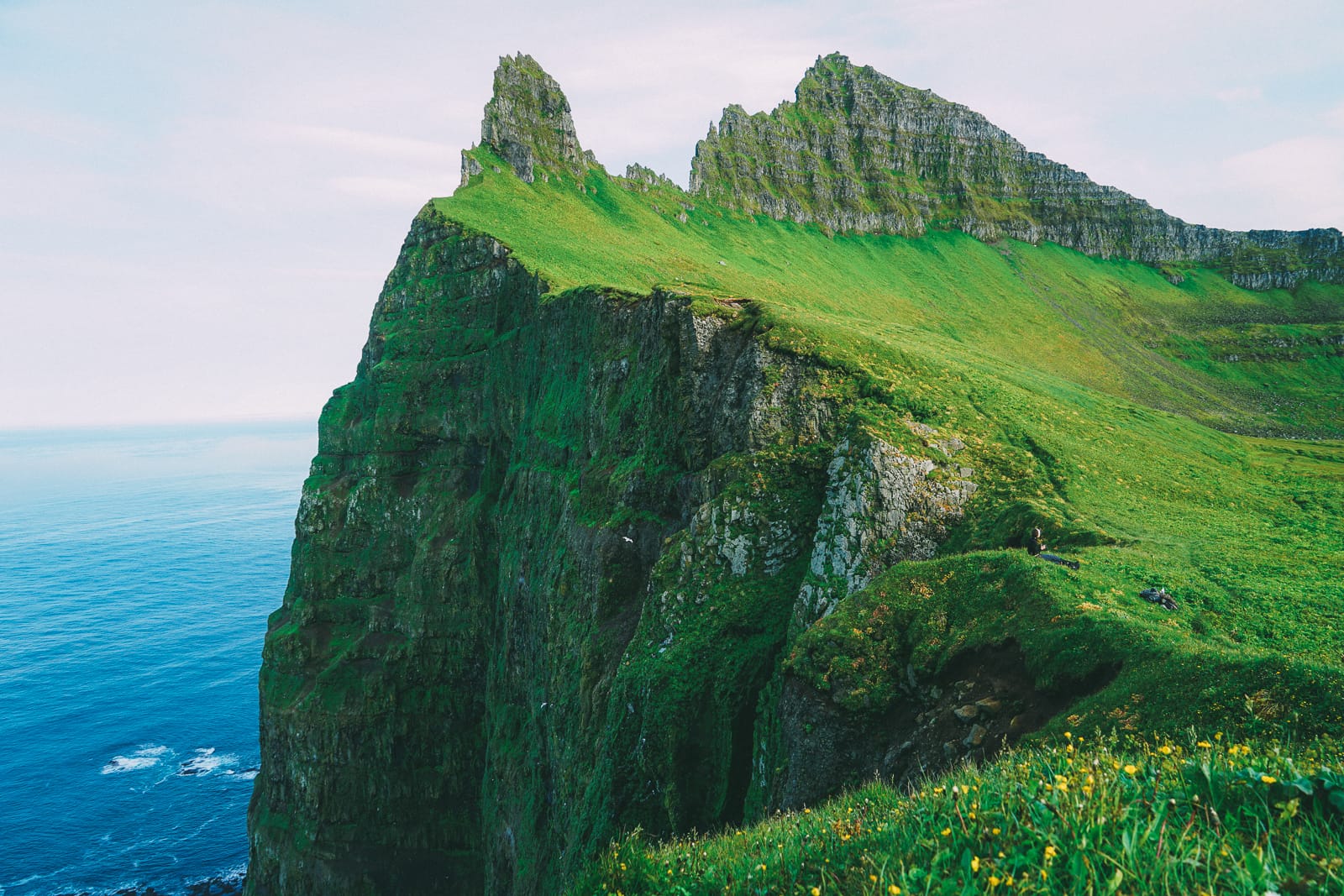Hotspots of biodiversity continue to be the focus of conservation efforts and ethnobotany explorations around the world. This makes sense since hotspots are the places that harbor the majority of the world's species. However, loss of species and habitats also happens in “cold-spots” of biodiversity such as Iceland and the Faroe Islands. I happen to be from one of these cold-spots and have witnessed a big loss of biodiversity in my lifetime.
I used the opportunity of my Masters Thesis work at University of Kassel, Witzenhausen to find out about more about how other people from cold-spots use native biodiversity and if there is any relationship between use and conservation. I was inspired by David Quammen's ideas about Island Biogeography, so eloquently expressed in his book 'Song of the Dodo' and by Karl Hammer's various articles and books on the ethnobotany of Italian Islands.
My 'explorations', if I can call them that, took place back in 2009 but have since been published in the journal Human Ecology as well as the open access archive Organic eprints. I thought it might be a good idea to share a bit about them here for any interested friends.
I used the opportunity of my Masters Thesis work at University of Kassel, Witzenhausen to find out about more about how other people from cold-spots use native biodiversity and if there is any relationship between use and conservation. I was inspired by David Quammen's ideas about Island Biogeography, so eloquently expressed in his book 'Song of the Dodo' and by Karl Hammer's various articles and books on the ethnobotany of Italian Islands.
My 'explorations', if I can call them that, took place back in 2009 but have since been published in the journal Human Ecology as well as the open access archive Organic eprints. I thought it might be a good idea to share a bit about them here for any interested friends.

Icelanders and Faroese live in fragile ecosystems that have been changed since the Vikings cut many of the forests and then introduced rooting and grazing of livestock changing the forests to grazing lands around 1,000 years ago. Today there are many conservation minded islanders that are attempting to generate a more sustainable relationship with their environment. I was hosted by the people of Slow Food Iceland and Terra Madre Nordic to name a few and funded by the Partridge Foundation and my alma mater College of the Atlantic. I spent the summer of 2009 learning from Icelandic and Faroese wild collectors about their use of plants as well as algae and fungi for food and medicine.
Some of the species like the Angelica, Birch and Icelandic Moss are used by many people. These are important and their habitats are often conserved by the people who like to use them.
A lot of the people I spoke with feel that the potential exists for a more diverse harvest and for sustainable management (e.g. Organic certification). Also spreading knowledge about the use of these species can increase their cultural conservation. This seems to be largely about food, which appears to be paramount for increasing the cultural importance of a species.
A lot of the people I spoke with feel that the potential exists for a more diverse harvest and for sustainable management (e.g. Organic certification). Also spreading knowledge about the use of these species can increase their cultural conservation. This seems to be largely about food, which appears to be paramount for increasing the cultural importance of a species.
Organic eprints http://orgprints.org/22897/
Human Ecology doi 10.1007/s10745-012-9517-0
-----
Here is a regularly updated list of other things Cory writes